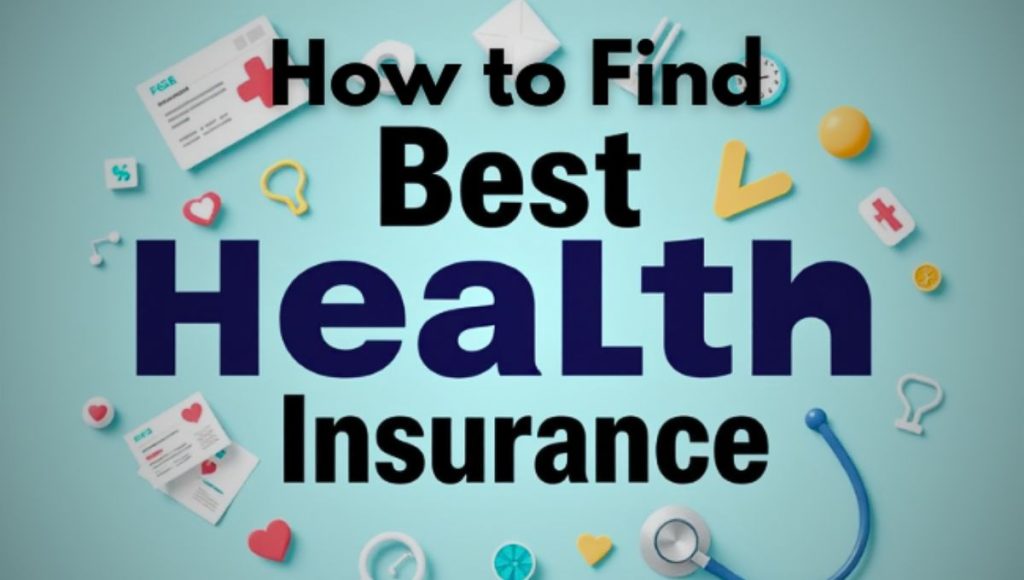Health insurance can be one of the biggest expenses in your budget, but it doesn’t have to break the bank.
With the right strategies, you can secure quality coverage while keeping costs low.
In this guide, we’ll share expert-backed tips on saving money on health insurance without sacrificing essential benefits.
Whether you’re shopping for a new plan or optimizing an existing one, these insights will help you make informed decisions.

1. Understand Your Health Insurance Needs
Before selecting a plan, assess your healthcare needs. Ask yourself:
- How often do you visit the doctor?
- Do you have any chronic conditions requiring regular treatment?
- What prescriptions do you take?
- Do you need family coverage?
Understanding your healthcare usage helps you choose a plan that provides adequate coverage without unnecessary extras.
2. Compare Different Health Insurance Plans
Shopping around is essential. Compare different types of plans:
- Health Maintenance Organization (HMO): Requires using in-network providers but has lower premiums.
- Preferred Provider Organization (PPO): Offers flexibility in choosing doctors but comes with higher premiums.
- Exclusive Provider Organization (EPO): Similar to HMOs but without referrals for specialists.
- High-Deductible Health Plan (HDHP): Lower premiums but higher out-of-pocket costs, ideal if you rarely need medical care.
Use comparison tools like Healthcare.gov or private insurer websites to evaluate coverage options and costs.
3. Take Advantage of Employer-Sponsored Plans
If your employer offers health insurance, it’s often the most affordable option. Employers typically cover a portion of premiums, significantly reducing your costs.
Tip: Maximize Benefits
- Check if your employer offers a Flexible Spending Account (FSA) or Health Savings Account (HSA) to save pre-tax dollars for medical expenses.
4. Consider a High-Deductible Health Plan (HDHP) with an HSA
A High-Deductible Health Plan (HDHP) combined with a Health Savings Account (HSA) can be a cost-effective solution.
Benefits of an HSA:
- Contributions are tax-deductible.
- Funds grow tax-free.
- Withdrawals for medical expenses are tax-free.
- Unused funds roll over year to year.
This option works best for those in good health who don’t require frequent doctor visits.
5. Look for Government Subsidies and Programs
Depending on your income, you may qualify for government assistance. Programs like:
- Premium Tax Credits (for lower-income individuals buying insurance through the ACA marketplace)
- Medicaid (low-income adults, children, pregnant women, and seniors)
- Children’s Health Insurance Program (CHIP) (for families with children)
6. Stay In-Network Whenever Possible
Out-of-network care is significantly more expensive. Before visiting a doctor or specialist, confirm they are in-network with your insurance provider.
Pro Tip:
Use your insurer’s website or customer service line to verify network status before scheduling an appointment.
7. Optimize Prescription Drug Costs
Medications can be a major expense, but you can save by:
- Using generic drugs instead of brand names.
- Comparing prices at different pharmacies.
- Using prescription discount programs like GoodRx.
- Checking if your insurer offers mail-order prescriptions for savings.
8. Utilize Preventive Care Services
Most insurance plans offer free preventive care, such as:
- Annual checkups
- Vaccinations
- Screenings for conditions like diabetes or high blood pressure
Taking advantage of these services helps detect issues early, preventing costly treatments later.
9. Negotiate Medical Bills
Many people don’t realize that medical bills are often negotiable. If you receive a high bill:
- Request an itemized bill and check for errors.
- Ask about cash discounts or payment plans.
- Use a medical bill advocate to negotiate on your behalf.
10. Consider Short-Term Health Insurance
If you’re between jobs or waiting for coverage to start, short-term health insurance can be a budget-friendly temporary solution. However, be aware of its limitations, as it may not cover pre-existing conditions or preventive care.
11. Leverage Telemedicine for Savings
Many insurers offer telemedicine services, allowing you to consult doctors online at a lower cost than in-person visits. This is particularly useful for minor illnesses and follow-up appointments.
12. Avoid Unnecessary ER Visits
Emergency room visits can be extremely expensive. Whenever possible, opt for:
- Urgent care clinics (for non-life-threatening conditions)
- Telehealth consultations
- Retail health clinics (in pharmacies and big-box stores)
13. Review Your Plan Annually
Health insurance needs change. Every year, review your policy during open enrollment to:
- Ensure it still meets your needs.
- Compare new plans for better pricing.
- Adjust coverage based on life changes (e.g., marriage, new baby, job change).
14. Use an Insurance Broker
An independent insurance broker can help you find the best plan at no extra cost. They compare multiple options and explain coverage details, ensuring you get the best deal.
15. Bundle Insurance Policies
Some insurers offer discounts when you bundle health insurance with other policies like dental, vision, or life insurance. Ask about potential savings.
Final Thoughts
Saving money on health insurance requires smart planning and proactive decision-making.
By understanding your options, leveraging discounts, and staying informed, you can significantly cut costs without compromising quality care.